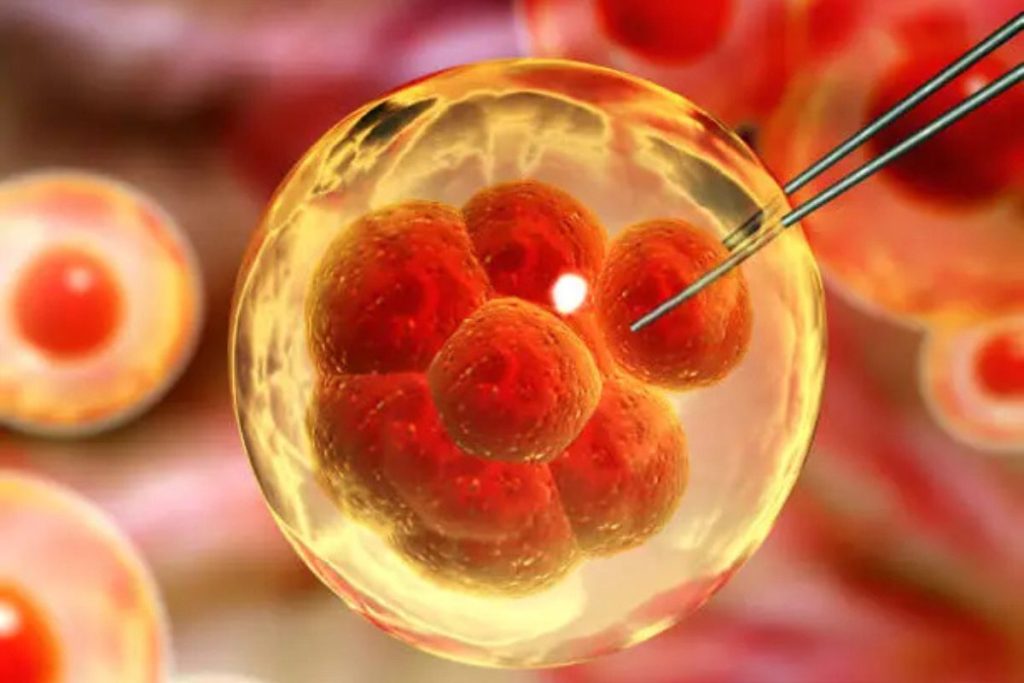One of the most decisive factors in vitro fertilization (IVF) and surrogacy https://www.mother-surrogate.com/ is the selection of embryos for transfer.
Understanding what influences embryo viability helps intended parents, doctors, and surrogates make informed choices with higher chances of positive outcomes.
The Importance of Embryo Quality
Not all embryos have the same potential for implantation. Embryologists carefully assess each embryo under a microscope, looking for visual signs of health and proper development. This process is known as morphological grading, where embryos are evaluated based on the symmetry of cells, fragmentation levels, and overall structure. Research shows that embryos with a balanced cell structure and minimal fragmentation have a significantly higher chance of implanting successfully.


While grading systems are useful, they are subjective and do not reveal genetic information. This is why many clinics combine visual assessment with advanced technologies like preimplantation genetic testing (PGT) to better predict outcomes.
The Role of Genetic Screening
One of the most important breakthroughs in reproductive medicine is the genetic testing of embryos. PGT helps identify embryos with the correct number of chromosomes (euploid embryos). Chromosomal abnormalities are a leading cause of failed implantation and miscarriage. By transferring genetically normal embryos, intended parents can dramatically increase the likelihood of pregnancy and reduce the risk of genetic disorders.
Genetic screening is especially valuable for:

- women over 35 years old, as egg quality naturally declines with age;
- couples with a history of recurrent pregnancy loss;
- parents with known genetic conditions.
This careful selection ensures that the embryo not only looks healthy but also has the necessary genetic stability to develop into a healthy pregnancy.
Fresh vs. Frozen Embryos
Another factor influencing outcomes is whether the embryo is transferred fresh or frozen. Advances in cryopreservation have made frozen embryo transfer (FET) just as effective, and in some cases even more successful than fresh transfers. Freezing allows doctors to prepare the uterus under optimal conditions, rather than rushing the transfer during the stimulation cycle. Studies show that FET can reduce the risk of ovarian hyperstimulation syndrome and improve endometrial receptivity, thereby increasing pregnancy rates.
Blastocyst Transfer and Timing

The stage at which an embryo is transferred also plays a role. Embryos can be transferred at the cleavage stage (day 2–3) or at the blastocyst stage (day 5–6). Blastocyst transfer has become increasingly common because embryos that reach this stage are more likely to be viable, as they have already passed crucial developmental milestones. Transferring a blastocyst also better synchronizes with the natural timing of implantation in the uterus, improving the likelihood of success.
Balancing Science and Personal Factors
While science provides valuable tools for selecting the best embryo, personal and medical factors must also be considered. For example, some patients may produce only a few embryos, limiting the ability to be highly selective. Others may have ethical or financial concerns about genetic testing. In such cases, close communication with the fertility specialist is essential to balance the available options with individual circumstances.
The decision also involves emotional aspects. For intended parents, each embryo carries the hope of becoming a child. Doctors often recommend transferring a single embryo when possible, to avoid the risks of multiple pregnancies, but this can be a difficult choice for those who fear reduced chances of success.
Ultimately, embryo selection is about combining science, medicine, and compassion to give each pregnancy the best possible start. By understanding the factors that matter most, families can make informed decisions that bring them closer to the dream of parenthood.
Images courtesy of unsplash.com, freepix.com and pexels.com.












